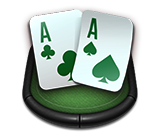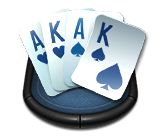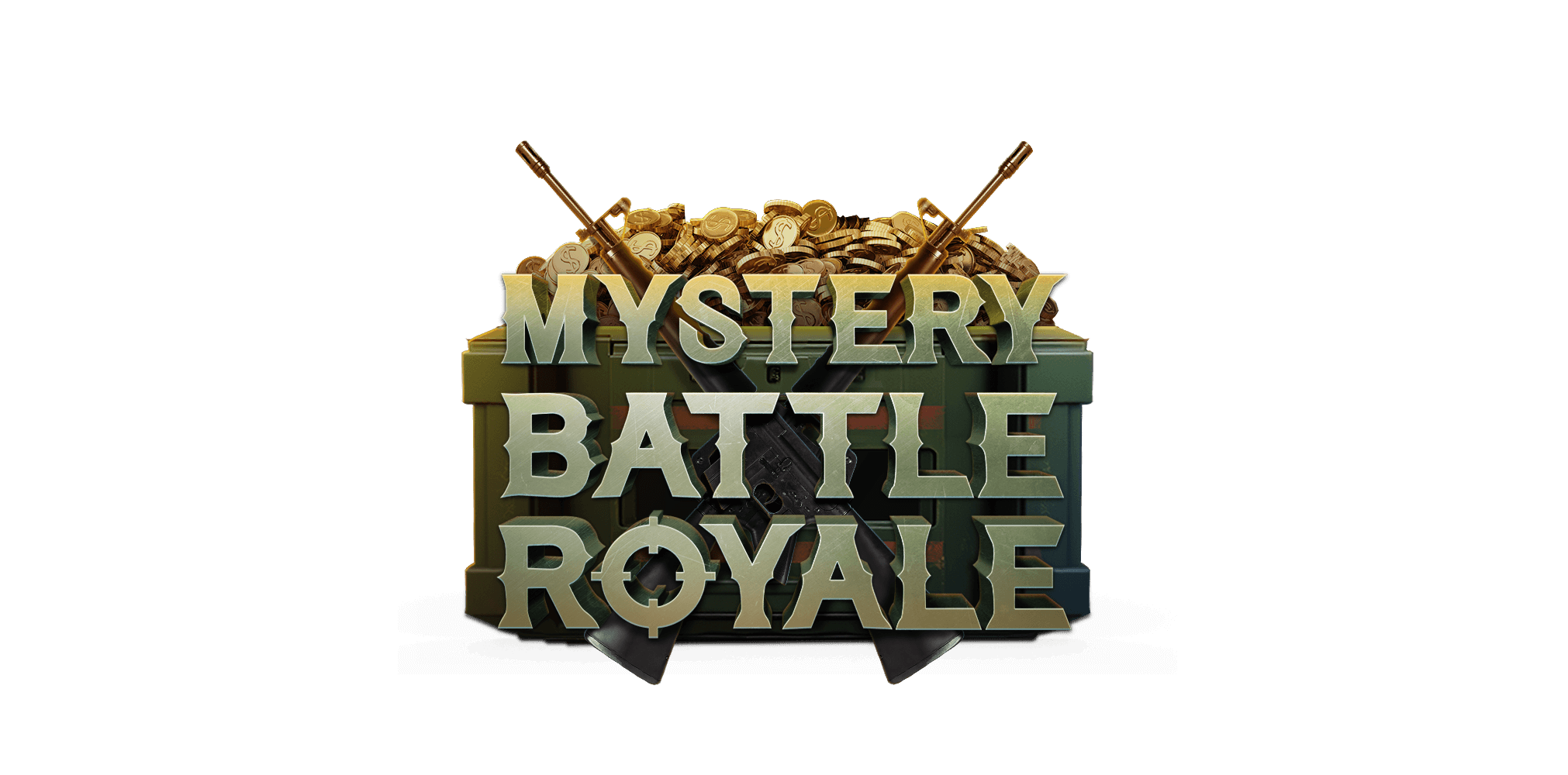
In poker, one of the most crucial aspects of gameplay is understanding showdown value—a concept that’s especially relevant when the action slows down, and players reach the river with no further bets or raises.
As you move from intermediate to advanced poker, knowing when to check it down and allow your hand to stand at the showdown can make all the difference in your profitability.
But what exactly does showdown value refer to, and how can it shape your decisions when you are unsure if your hand can stand against the competition?
What Is Showdown Value?
At its core, showdown value refers to the potential of your hand to win at the showdown (when all remaining players reveal their cards after the final betting round). A hand with showdown value can often win at the final table without the need for aggressive betting or bluffing. In other words, a hand doesn’t need to be the absolute best hand on the board, but it can still win if you get to the showdown and your opponents' hands are weaker.
Hands with medium strength, such as the second pair or top pair with a weak kicker, often have significant showdown value. They may not seem like they have a high chance of winning when you first look at them, but under the right conditions—especially when your opponents are passive or have weak holdings—they can prove to be valuable assets.
Let’s Look At This Hand
Imagine you are at a poker table and receive a 1010. You raise $10 on the button. The Big Blind calls. The flop comes A32. He checks and you continue to bet $15.
Big Blind calls, and the turn comes K. He checks, and you check behind.
The River comes Q and he checks.
Now, what would you do here? If you bet, your opponent is unlikely to call if they have a worse hand. If you think your pocket tens are good, then consider checking here instead of falling into a trap. There’s just no value in betting as a bluff here – take that free showdown for now.
When Should You Rely on Showdown Value?
As you play poker, it's essential to know when to play poker passively (checking or calling) rather than getting involved in an aggressive betting strategy. Showdown value plays a key role in this decision-making process.
For example, let’s say you have a top pair with a weak kicker. While this hand isn't going to dominate most boards, it may still be good enough to win at showdown. Understanding the board texture is key in determining whether your hand has showdown value or if you should be more aggressive in your play.
Board Texture
The board texture plays a crucial role in deciding whether your hand has showdown value. A dry board (one with few connected or suited cards) means there are fewer combinations of hands that can beat you, and therefore, your pair hand might have more showdown value. On the other hand, a wet board (full of straight and flush possibilities) increases the likelihood that your opponent has a stronger hand than yours.
Opponent Tendencies
Assessing your opponent's tendencies is equally important. If your opponent has been showing a pattern of passivity, they may not be willing to bet on weaker hands or worse hands than yours. In this case, even a middle pair or second pair could be enough to take down the pot at showdown. However, against an aggressive opponent who’s likely to bet frequently, you may need to rethink the strength of your hand, as you might need to fold to a large bet if you think they have a better hand.
Betting Patterns
Pay attention to your opponent's betting patterns throughout the hand. If they’ve been checking or calling down bets passively, it’s likely that they’re holding a hand that isn’t strong enough to bet or raise. This is where fold equity comes into play. If you bet in a spot where your opponent is unlikely to call with worse hands, you might want to go for an aggressive bluff. However, if you assess that they will be calling with weak holdings, it’s often better to check it down and let your showdown value carry you to a win.
Hands with Showdown Value vs. Hands That Require Aggression
Understanding when to rely on showdown value and when to switch gears and play aggressively is an essential skill. Here are a few scenarios to illustrate the difference:
1. Top Pair with a Weak Kicker
You hold the top pair with a weak kicker. In a situation where the board is relatively dry, this hand might be strong enough to win at the showdown. Your opponent's range may not hit the board in a way that can beat you. You can opt for a check-call strategy, letting the hand reach the showdown without committing too many chips.
2. Middle Pair
A middle pair can sometimes have showdown value when the betting is passive, and the board is not overly threatening. If your opponents are not betting aggressively, your middle pair might still win against worse hands like a bottom pair or missed draws.
3. Weak Top Pair or Second Pair
When holding the second pair or weak top pair, these hands may not always be worth betting. If your opponent has shown weakness throughout the hand, there's a chance that your hand has showdown value, and you don’t need to turn it into a bluff.
4. Ace-High or Missed Draw
On the other hand, ace-high hands or missed draws typically do not have showdown value unless your opponents have similarly weak hands. These situations call for bluffing or aggressive play to win the pot.
How to Maximize Your Showdown Value
Maximizing your showdown value means knowing when to check it down rather than forcing action. Here are a few tips for increasing your long-term profitability by leveraging this concept:
Avoid Overvaluing Hands: Don't mistake a pair hand for the best hand. Sometimes, your hand might be good enough to check down but not worth betting.
Watch for Passivity: If your opponent is playing passively, your middle pair might be enough to win at showdown.
Don’t Overbluff: While bluffs are an important part of poker, it's equally important to know when not to bluff. If your hand has showdown value, it might be better to check or call than to take unnecessary risks.
Adjust Based on the Board: Learn how board textures affect the strength of your hand. A paired board or a straight/flush draw on the river might signal that you need to be more aggressive or fold, rather than relying on showdown value.
Conclusion
Understanding showdown value is a critical skill for intermediate and expert poker players. Recognizing when a hand can win at showdown without the need for aggression allows you to save chips and maximize your profitability over the long run. By reading the board texture, understanding your opponent's tendencies, and assessing their betting patterns, you can determine whether a hand has enough value to check down or whether more aggressive tactics are needed. Mastering this concept will improve your decision-making process and ultimately help you climb the ranks in poker tournaments and final table play.
Win at showdown, assess your hand’s strength relative to the board, and always aim for optimal play to consistently come out on top!

.webp)



























